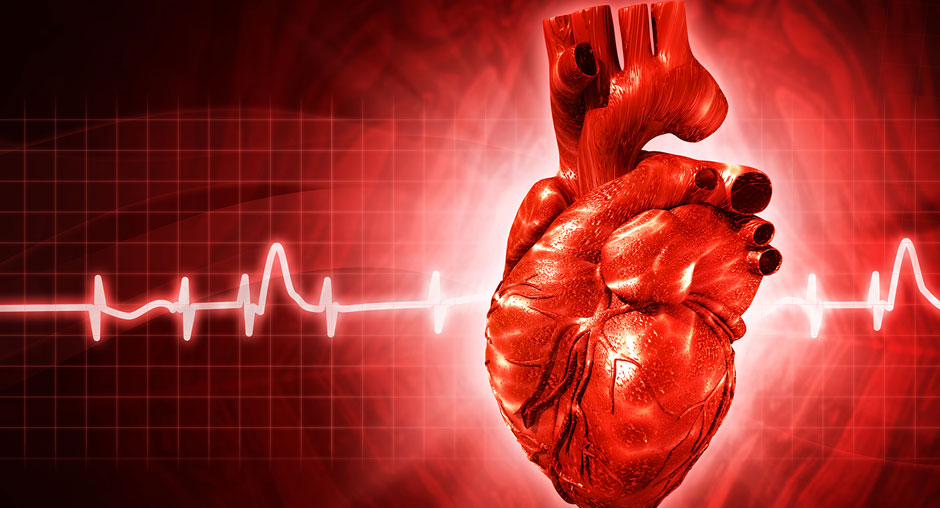A Fib—It’s No Lie!!

What is Atrial Fibrillation?
STORY BY: LESLIE RESCHLY BSN,RN
Settle in to watch a movie, the news or even the US Olympic trials and you probably encountered a commercial advertising the latest and greatest blood thinner for treatment of Atrial Fibrillation, known as A Fib or AF.
This is a heart rhythm that is characterized by an irregularly irregular rate, which is often rapid affecting 200,000 persons per year. What does this mean if you or your loved one experiences this health complication?
The human heart is made of two upper chambers known as the atria and two lower chambers known as the ventricles. Normally, the upper chambers beat in 1:1 coordination with the lower chambers pumping blood to the lungs for replenishment of oxygen then to the body and organs. The right atria contains a cluster area of cells known as the sinus node which is responsible for the initiation of the electrical impulse which starts the pumping cycle. In atrial fibrillation, there is a loss of this 1:1 coordination and instead an excess of many electrical impulses from other cell areas, which results in a fibrillation or quivering of the upper chambers. Because of this quivering, there is an inadequate blood flow pattern in the atria.
Symptoms typically include the sensation of a racing heart or chest palpitations, shortness of breath, weakness, chest pain, inability to tolerate exercise and often feelings of being dizzy, faint or lightheaded. Prompt diagnosis by an Electrocardiogram (ECG)/Holter Monitor/Event Recorder and treatment is necessary, so seek medical attention promptly. As the blood pools in atrial chambers, blood clots may form which can circulate to other organs or the brain causing stroke and interruption of blood flow to vital organs. Other complications can be heart failure and other related heart issues.
Atrial fibrillation has many possible causes which include heart disease and high blood pressure, metabolic diseases such as hyperthyroidism, problems with the normal heart pacemaker, viral infection, sleep apnea, use of stimulants such as caffeine, tobacco, medications and even alcohol-particularly binge drinking. However, many people may experience atrial fib without any of the above issues.
Treatment is typically started with the use of medications, which control heart rate or restore conduction of the electrical impulses to normal rhythm as well as anti- coagulant medications, for select individuals, which prevent blood clots. Your medical care provider can discuss risk/benefits of the various medications and treatments. Cardio version, the use of electric shock to restart the heart in a normal rhythm, is frequently used. Failure of these methods may precipitate the use of a catheter ablation procedure. During this procedure, a catheter is passed typically from the patient’s groin into the heart to destroy the area of heart tissue that is causing the formation of the abnormal electrical signal. Refractory atrial fibrillation can also be treated by creation of scar tissue in the heart wall using surgical intervention requiring open-heart surgery.
Those commercials are not lying when they say that A Fib can increase your risk of having a stroke. They also say that you should discuss your symptoms with your doctor. It is very important to keep up with your annual physical. None of us are getting any younger and it’s OK to admit when we are not feeling at our best. A Fib is nothing to ignore. Perhaps you can understand the importance of treatment for atrial fibrillation and appreciate the frequent commercials for treatment medications! Use them as a reminder to call your doctor to make your appointment!











Leave a Reply